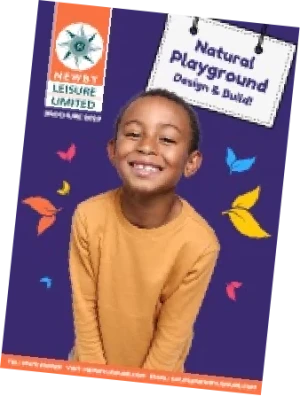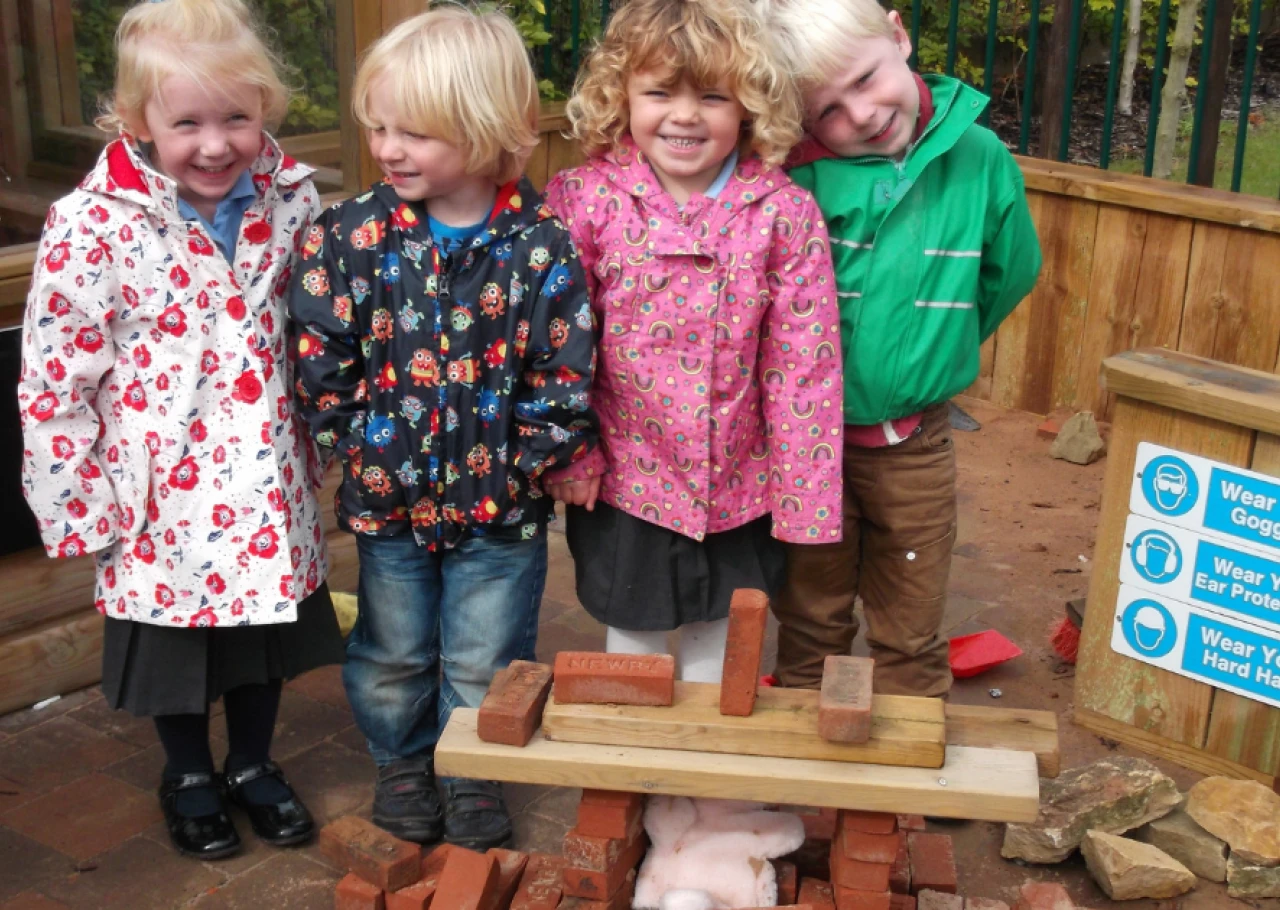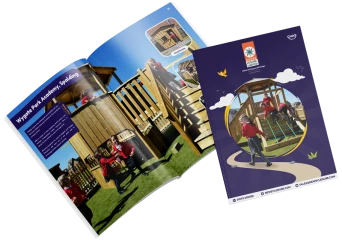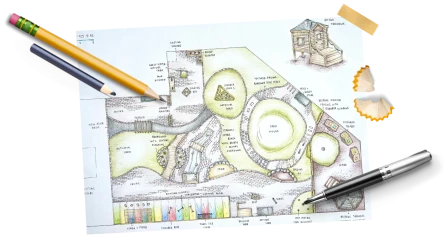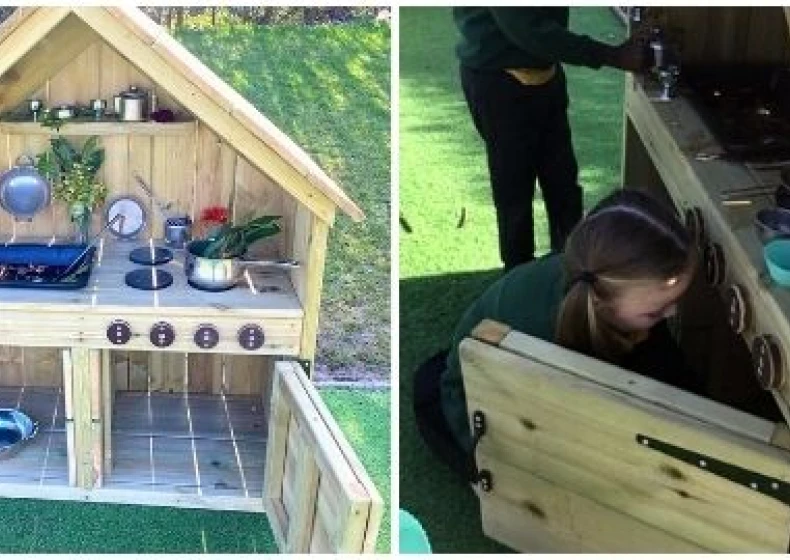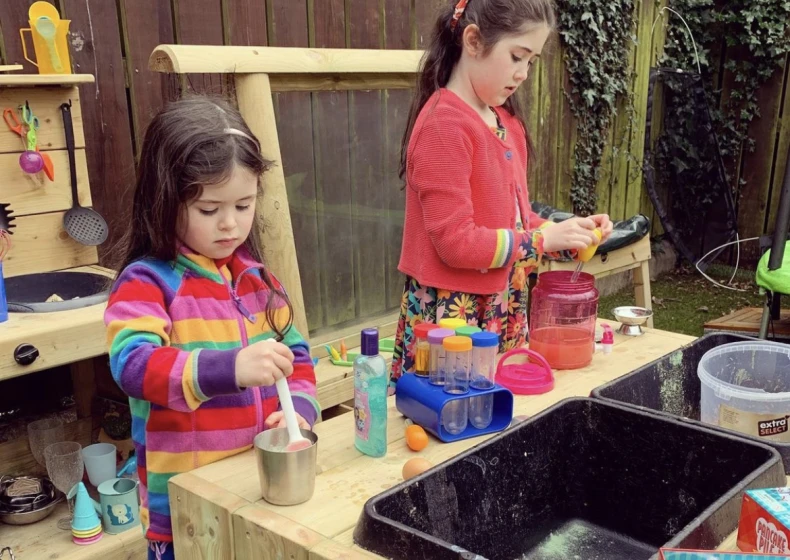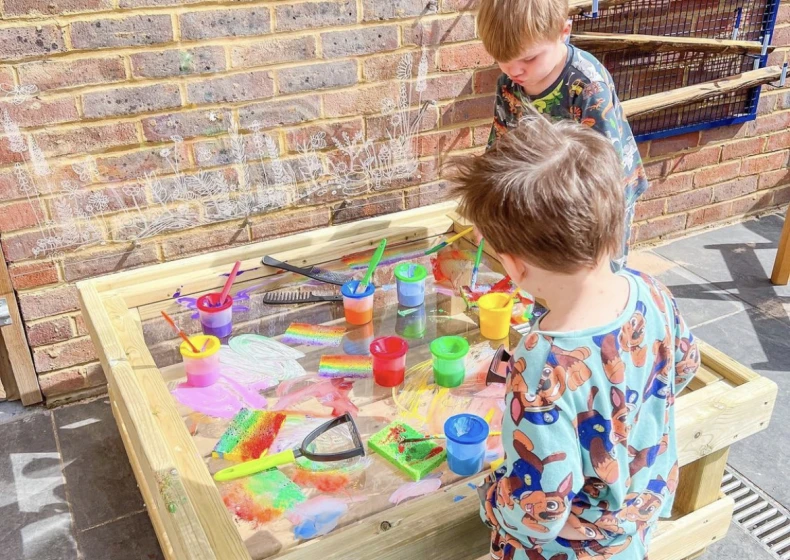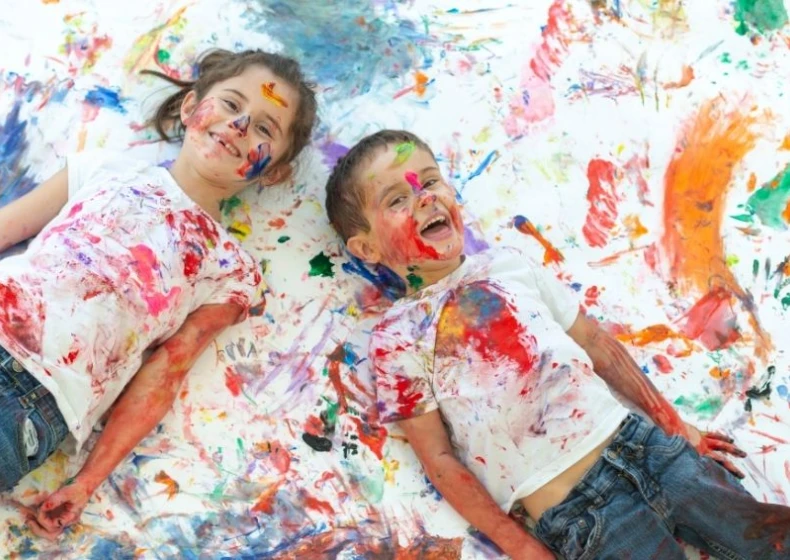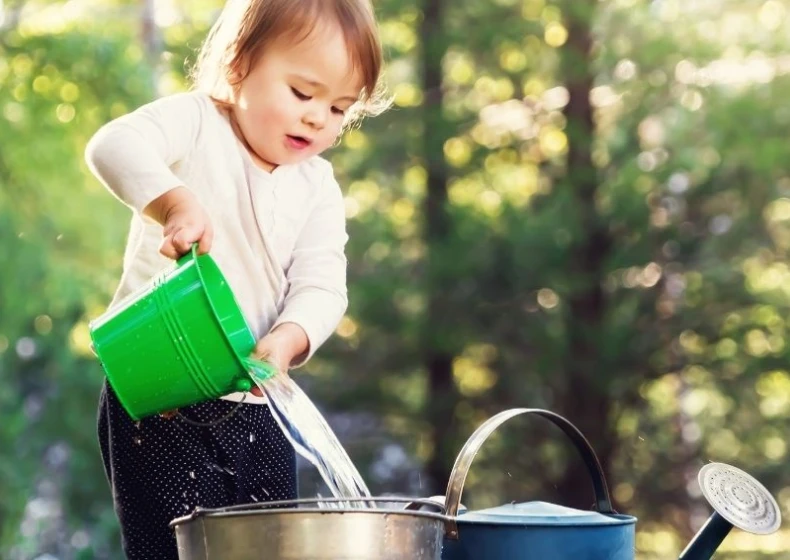It's well documented that Construction Play offers children multiple education benefits - especially during their early years.
Construction Play is proven to make a difference to the way children think and complete tasks. It's a form of play all schools and nurseries adopt to aid child growth and development.
Construction play can be crazily vast. Simple things such as counting bricks, measuring weight and moving objects all contribute to making a child think outside the box. Children all have different ways of learning and thinking (at different stages too). Using construction play helps make education fun and engaging!
It's no secret that children learn faster in their early years. This is why open-ended activities allow them to grow and develop to their full potential. Even something as simple as reaching for a brick will teach a child about limitations to areas.
You will notice when children engage in this way of playing, they will start to ask themselves the question 'what if?' - a indication they are challenging themselves. For example, they may stack blocks as high as they can until they fall down or put a particular amount of water into a bucket when using scales to see how full it should be before it becomes unbalanced. These simple things are constantly stimulating a child's brain, hence, aiding their education. Playing with a variety of building and creative products helps children build self-confidence and encourages their independent learning too.
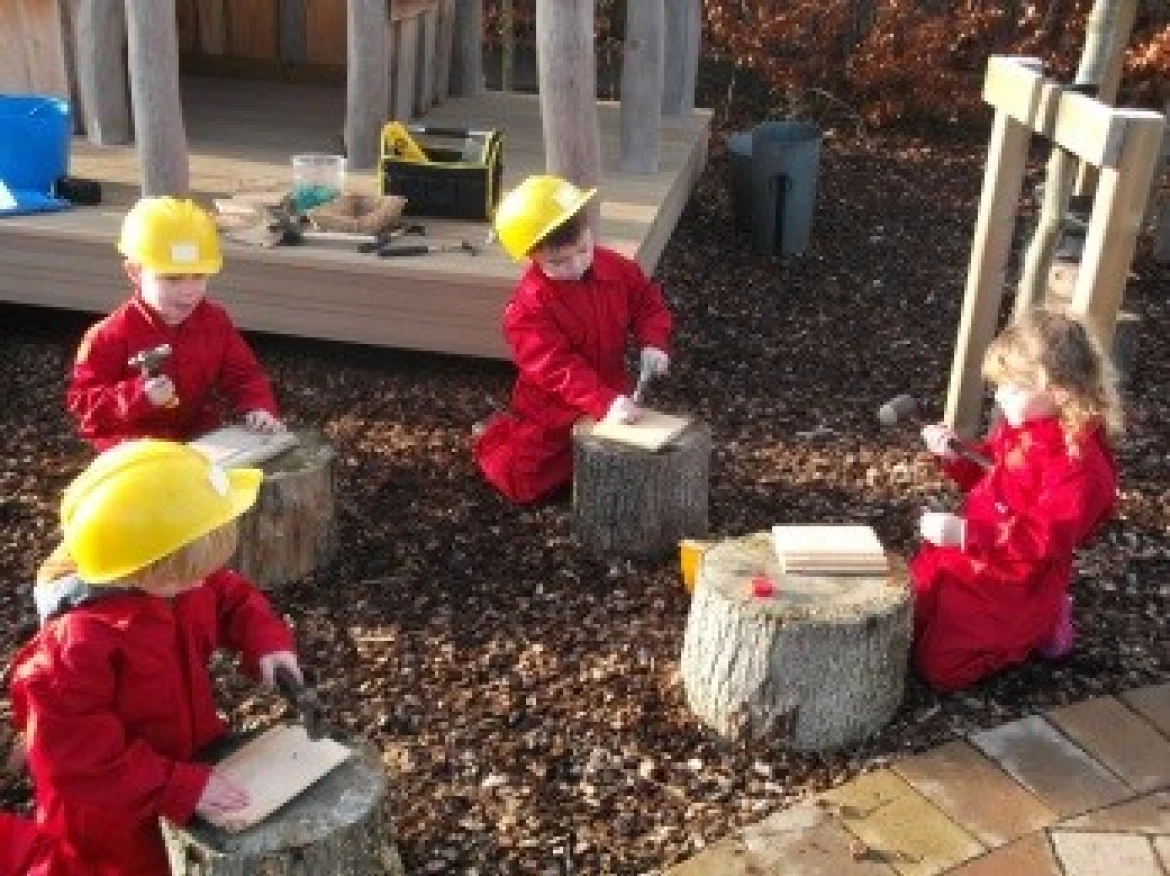
Creativity
Everyone at some stage in their life is challenged to think creatively, more often than not, at unexpected moments. By helping a child to think creatively in early years, it helps the brain to look beyond a one directional way of thinking. As we touched on above, this is where 'out of the box' thinking comes into play. If children understand the importance of thinking different when undertaking a task, they will always use this skill in later life. Allowing kids to be creative is a necessity in education.
Problem Solving
Through their constructive play, a child will learn what will work and what will not. Trial-and-error is a great method in which to create structures and modify methods. Overcoming problems to build structures in a particular way will always aid creative thinking and problem solving skills.
Fine Motor Skills
As your child or pupil crawls, walks or stretches to build their construction piece, they strengthen their gross motor skills. Developing small muscles in hands and fingers will help to hone fine motor skills and therefore make the body more complete and developed.
Cooperative Play
Watching children play nicely together is great to see. Construction play helps children to cooperate with each other in order to complete tasks. This could be something as simple as passing each other bricks or passing buckets to each other. By doing this children will strengthen their social skills and become better team players.
Hand-Eye coordination
Children use hand-eye coordination whenever they build or construct. As they start building blocks, a child's eyes send visual information to the brain to tell it where the hand is placed and if it is legible. With this information, the brain generates instructions for how the hand has to move in order to create appropriate shapes.
There's so much more to construction play than meets the eye! Everyday this method of play is used by teachers inside and outside of the classroom across the world.
What are you planning next for your construction play!? Let us know!
Thanks for reading!
You may wish to keep updated with us on Facebook , Twitter and Instagram too to stay updated with regular news and insights.
"Together, we're better".
